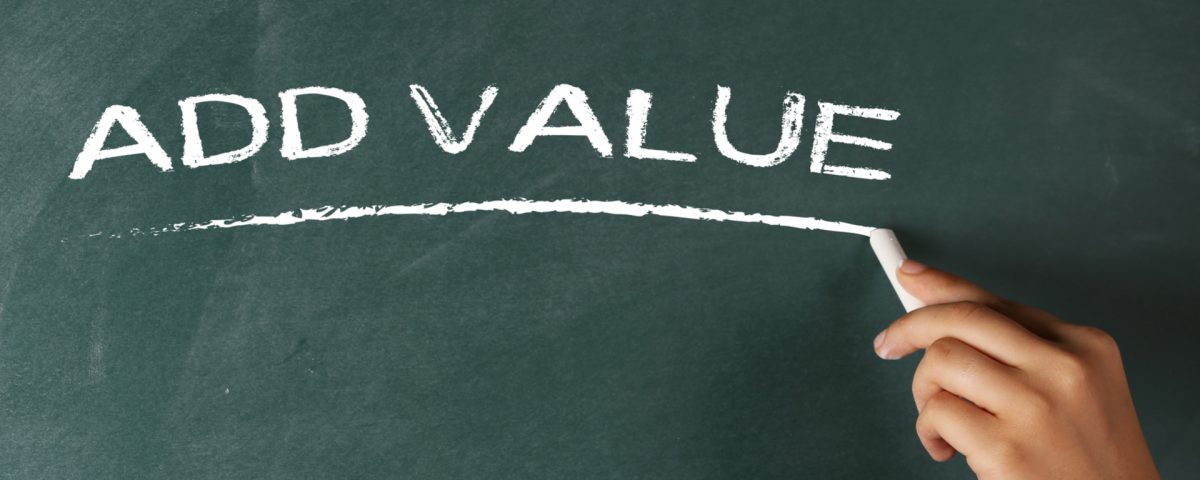
NIS Wins EcSell Institute’s 2017 Coaching Team of the Year Award
May 12, 2017
ER vs. Urgent Care: Help Employees Make Informed Decisions
May 31, 2017
NIS Wins EcSell Institute’s 2017 Coaching Team of the Year Award
May 12, 2017
ER vs. Urgent Care: Help Employees Make Informed Decisions
May 31, 2017Do you make a lump sum payment upon retirement for your employees’ unused sick leave, vacation pay or other early-retirement incentives? If you do, there is a way to increase the value of the benefit for your employees, while saving money for both of you. Instead of disbursing a check, you can implement a Special Pay Plan (SPP) or a Retiree-Only HRA.
A Special Pay Plan is an interest-bearing 401(a)/403(b) retirement account that is set up by you in your employee’s name. You make deposits/contributions into this account in lieu of disbursing a check for your employee’s unused sick leave, separation of service pay or other retirement incentive pay.
Special Pay Plan
The funds deposited into the Special Pay Plan can be invested in a guaranteed fixed interest account, which can be for any expense. How does this help increase the value of the benefit? You and your employee will permanently save 7.65% on FICA taxes. For example: If the benefit amount is $10,000, your employee will take home the entire $10,000 less income tax, saving $765 in FICA. And since you pay FICA on their behalf, you will also save $765 on each employee that receives the benefit.
Funds in a Special Pay Plan will be available at age 55 for retired employees without an early withdrawal penalty. If an employee is at least age 55 at the time of retirement and remains separated from service, they can access the funds prior to age 59 ½ without penalty. This account is tax-deferred, meaning that an employee is not taxed until they withdraw funds. This is beneficial to them because if their tax-bracket is lower after retirement, they could potentially save on tax when they withdraw funds.
Retiree-Only HRA
A Retiree-Only Health Reimbursement Arrangement (HRA) is another way that school, city and county employers can choose to increase the value of the benefit. This is also an interest-bearing, employer-funded account created in the employee’s name. Deposits can be made completely tax-free (not subject to FICA, Federal or State income taxes) so your employees can receive 100% of the value of each benefit dollar.
By using a Retiree-Only HRA, employees would be reimbursed tax-free for their eligible medical expenses and/or premiums including dental and vision. The account balance rolls over each year. Retirees have the flexibility to choose which eligible expenses to submit for reimbursement and when to submit. Upon the retiree’s death, their spouse and any qualifying dependents can use the remaining HRA balance for eligible medical expenses and premiums.
Employers who implement one of these plans should be aware of the potential change in regulations. The IRS has proposed 457(f) regulations which may affect schools, cities and counties sick leave and unused vacation payouts at retirement. It is unclear whether these plans would be considered a “bona fide” or a type of non-qualified deferred compensation. If the plans were deemed deferred compensation, employees would be subject to tax liability equal to the value of the unused leave. It has been stated that the final 457(f) regulations will most likely not be out this year but will be released at a later date. Stayed tuned to our blog for updates on this issue.
For more information on how an HRA or SPP can help increase the value of the benefit for your employees, contact your NIS Representative.


